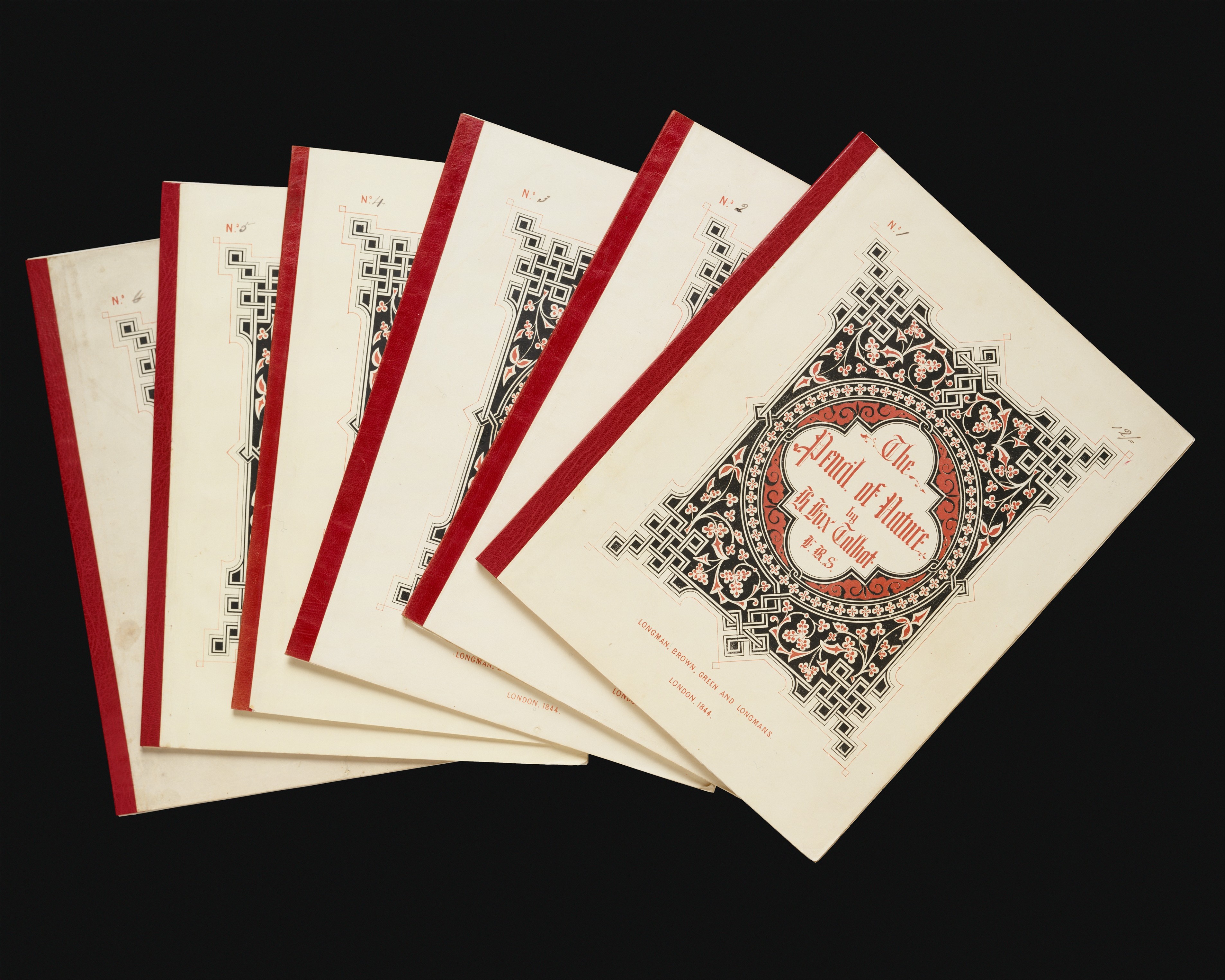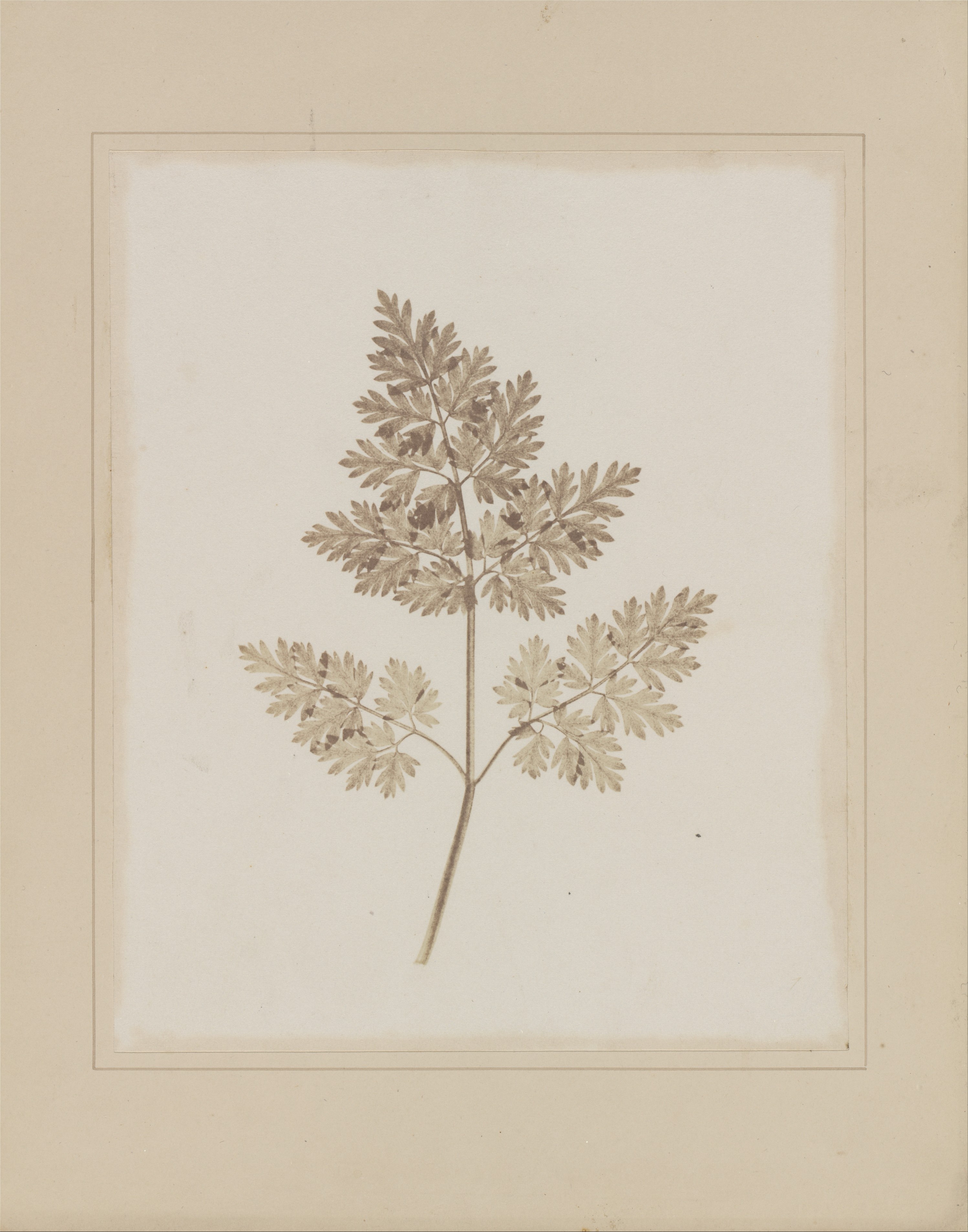A true “gentleman scientist” of the Victorian period, Talbot combined his knowledge of chemistry, mathematics, and optics, along with his interest in art, botany, and the classics to invent the photography on paper that dominated the field for most of the 19th and 20th centuries.

Image source: https://en.wikipedia.org/wiki/Henry_Fox_Talbot#/media/File:John_Moffat_-_William_Henry_Fox_Talbot,_1864.jpg
The Father of Photography
The father of the negative-positive photographic process as practiced today is William Henry Fox Talbot. He was born into a wealthy and well-established family in Melway; Dorsey, England in 1800. Studied at Harrow and Cambridge University; he was a skilled mathematician engaged in the research of light and optics; invented the polarizing microscope. He was also politically active and a Member of Parliament.
Image source: https://search.creativecommons.org/photos/585a6ab0-d8ed-45f3-b78f-f39230ca04b2
The Pencil of Nature
Talbot published the first book illustrated with photographs in 1844. The book, titled The Pencil of Nature, contains 24 photographs of genre scenes of everyday life and a text of predictions and ambitions for the art of photography. The Pencil of Nature was the precursor of the beautiful coffee table books enjoyed today; there are fifteen copies in existence, two may be found in the museum at Lacock Abby.

Image source: https://search.creativecommons.org/photos/79bde906-fd27-4ebd-b8e3-17afe166faf1
Light Sensitive Paper
In 1833, while visiting Lake Como in Italy, his lack of success in drawing prompted him to invent the light-sensitive paper machine that would automatically do the sketches for him in the light. Upon his return to England, he began work on this project at his home in Lacock Abbey in Wiltshire.

Image source: https://search.creativecommons.org/photos/da716aad-0873-484c-8bd0-2370a6752f4d
“How fascinating it would be if it were possible to ensure that these natural images are permanently imprinted and remain fixed on the paper.” “And why should it not be possible?”

Image source: https://search.creativecommons.org/photos/7c6a21f6-c9d6-47e4-96dd-b405969dc836
In January 1834, Talbot began experimenting with this idea and soon discovered that a sheet of fine writing paper, smeared with salt and brushed with a solution of silver nitrate, darkened in the sun, while the second layer of salt prevented it further darkening or fading. Talbot used this discovery to draw precise tracings of botanical specimens: he placed a pressed leaf or plant on a piece of sensitized paper, covered it with a glass plate, and placed it in the sun. Wherever the light struck, the paper darkened, but wherever the plant blocked the light, it remained white. He called this discovery “the art of photogenic drawing.” And three weeks later, he reported his invention to the Royal Society.
The Calotype
In January 1839 it was said that a Frenchman, Louis Daguerre, had invented a completely different means of recording camera images with great precision on metal plates. Fox Talbot continued to develop the three main elements of photography: development, correction, and printing. Although exposing the photographic paper to the light produced an image, it required very long exposure times. Talbot knew that a fast, permanent, and accurate means of producing photographic images in the camera was the real brass ring, and on September 23, 1840, he found a way to capture it. He accidentally discovered that there was an image after a very short exposure, even though it couldn’t be seen, he found he could chemically develop it into a useful negative.

Image source: https://search.creativecommons.org/photos/65db21fd-40d7-40b0-a829-c9da8ee0f46e
The image on this negative was then fixed with a chemical solution. This removed the light-sensitive silver and allowed the image to be viewed in bright light. With the negative image, Fox Talbot realized that he could repeat the printing process from the negative, so his process could produce any number of positive prints, unlike Daguerreotypes. He called it ‘calotype’ and patented the process in 1841. The following year he was awarded a medal from the Royal Society for his work.
![[Winter Trees, Reflected in a Pond]](https://images.metmuseum.org/CRDImages/ph/original/DP148627.jpg)
Spectroscopic and Optical Investigations
Talbot was one of the first researchers in the field of spectral analysis. He showed the uniqueness of the spectrum of each of the chemical elements and stated that it was possible to identify the chemical elements from their spectra. This analysis later became important in examining the light from distant stars, and thus in inferring their atomic composition. He also studied the polarization of light using tourmaline crystals and Iceland slag or calcite crystals and pioneered the design and use of the polarizing microscope, now used by geologists to examine thin rock sections to identify minerals inside them.

Image source: https://search.creativecommons.org/photos/048d47d2-86b3-4ec3-8f76-a3a56fd33d50
Talbot allowed free use of the calotype process for scientific applications, and also published the first known photomicrograph of a mineral crystal. Another photomicrograph shows the wings of insects seen under a “solar microscope” capable of projecting images of small objects onto a large screen using sunlight as a light source. The large projections could then be photographed by exposure to sensitized paper. He studied the diffraction of light using gratings and discovered a new phenomenon, now known as the Talbot effect.
He was aware that the visible spectrum comprised a very small part of what we know today as electromagnetic radiation, and that powerful, invisible light beyond the violet was capable of inducing chemical effects, a type of radiation we now call ultra-violet radiation.
Info source:
https://en.wikipedia.org/wiki/Henry_Fox_Talbot
https://cmoa.org/exhibition/talbot/
http://iphf.org/inductees/william-henry-fox-talbot/ https://www.metmuseum.org/toah/hd/tlbt/hd_tlbt.htm
http://www.bbc.co.uk/history/historic_figures/fox_talbot_william_henry.shtml
